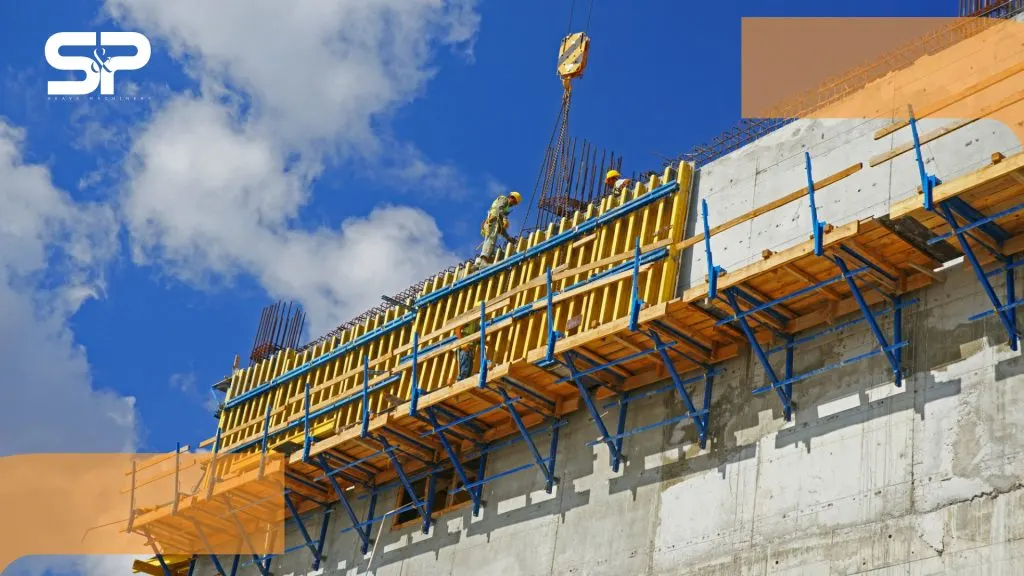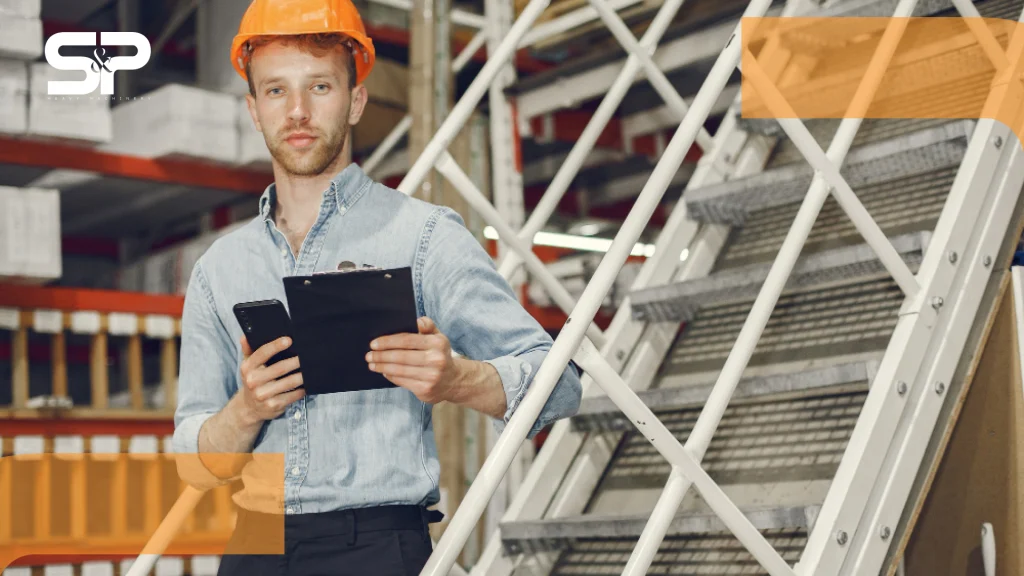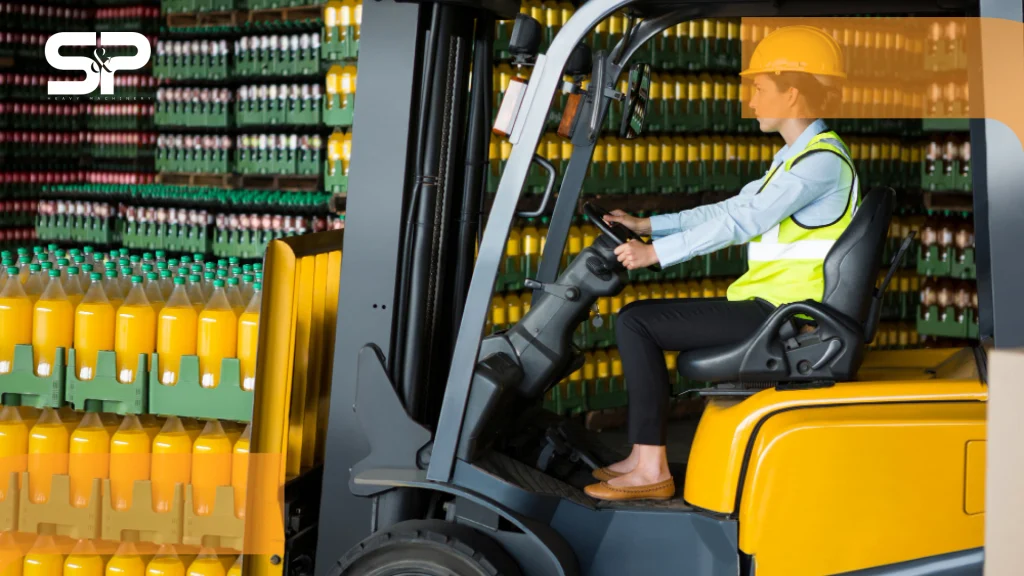Make Your Next Project Easy With Scaffolding! Know its types and purposes in detail. Ever passed by a construction site? You’ve noticed those tall temporary structures hugging buildings. That’s called scaffolding; it’s a silent backbone of almost every project. They are used in building skyscrapers and repairing houses. Workers couldn’t safely reach elevated areas or handle heavy tasks with precision without it.
But here’s the thing: not all scaffolding is the same. Picking the right type isn’t only about cost; it also directly affects safety, speed, and efficiency. If you choose the wrong setup, it can slow down work and put lives at risk.
Therefore, in this blog, we’ll walk through the different types of scaffolding used in construction, how they work, and which one might fit your project best.
Scaffolding Defined:
In this section, learn the concept of scaffolding and its key purposes. We try to explain all in a simple and understandable manner.
Define scaffolding:
Scaffolding is a temporary structure and is made of steel tubes or timber. They usually provide workers with safe access to heights during construction, repair, or maintenance. You can think of it as a supportive skeleton that helps workers perform tasks at elevated levels without risking safety.
Scaffolding components:
Scaffolding is made up of essential components, regardless of type, that work together to provide strength and safety. The vertical posts, also known as standards, are fixed firmly into the ground. They form the main support structure. Ledgers are the horizontal tubes that connect these standards. On the other hand, putlogs/transoms act as cross members to support the working platform.
Braces are added diagonally to enhance stability. They prevent the structure from swaying or collapsing. The platforms are made of planks and serve as the surface where workers stand and place their tools. Furthermore, guard rails are installed to prevent falls and keep equipment from slipping off the edges. Both are used for added safety. For construction work, all these components create a secure scaffolding system.
Key purposes:
In construction, the primary purposes of scaffolding are simple. In a supportive manner, it carries the weight of your workers, tools, and materials. In terms of access, it allows your workers to reach spots that ladders or lifts can’t cover. Moreover, you can use it as a safety model; scaffolding provides a secure platform with guardrails. This makes sure that your workers are protected while working at height.
Scaffolding works with heavy construction equipment in large projects. It helps your team move materials, while scaffolds give them safe access to elevated areas.
What are Scaffolding Types?
The following are some of the common types of scaffolding:
Suspended Scaffolding:
This type of scaffold hangs from the roof using ropes, wires, or chains. Construction workers raise or lower the platform as needed. They are ideal for window cleaning, painting, and repairs on tall buildings. Plus, they are flexible and lightweight, easy to move up and down. However, they are not suitable for carrying heavy loads.
Have you ever seen workers dangling on platforms while cleaning skyscraper windows? That’s suspended scaffolding in action.
Cantilever Scaffolding:
They are also called needle scaffolding. Cantilever scaffolding is used when the ground can’t support vertical posts. It relies on needles or structures that extend from the building to hold the scaffold.
They are best for high-rise work, narrow streets, or where the ground remains free. Their variants involve single-frame dependent and double-frame independent. Having them save you ground space, but requires skilled installation for safety.
Steel Scaffolding:
Also called tubular scaffolding, steel scaffolding replaces timber poles with durable steel tubes. These are fastened with special fittings like couplers and clamps.
They are a great fit for large projects, high-rise buildings, and long-term works. We categorize them as fire-resistant, durable, strong, and easy to assemble/disassemble. It is noticed that they come with a higher cost than timber, but are more cost-effective in the long run. Steel scaffolding is preferred in construction scaffolding for complex projects where safety can’t be compromised.
Patented Scaffolding:
Patented scaffolding type comes as a factory-built system. It is made of steel and includes adjustable brackets that allow you to set platform heights with ease.
They are best for construction projects that demand speed and precision. You find them simple to install, with standardized safety features, adjustable working levels. However, they have a slightly higher upfront cost compared to traditional setups. For contractors who want plug-and-play scaffolding with fewer hassles, patented systems are a smart investment.
Frame Scaffolding:
This type is one of the most popular choices worldwide. Frame scaffolding is modular, lightweight, and quick to set up. Frames are stacked vertically with cross braces. For smaller projects or short-term work, it is ideal.
They are perfect for home construction, maintenance, and small commercial projects. Furthermore, they are inexpensive, easy to use, and don’t require advanced skills, but have limited strength compared to steel scaffolding.
Think of it as the go-to option when you want quick scaffolding for construction without overcomplicating things.
Safety Considerations:
For your every construction project, safety comes first, no matter which type you choose. Below are three key considerations not to miss:
Training for scaffold erection and use:
Your workers must know how to assemble, use, and dismantle scaffolding correctly. If you hire a well-trained crew, they reduce the risks of collapse and accidents.
Load limits and structural integrity:
Do you know that every scaffold has a maximum load capacity? Overloading with workers, tools, or materials can compromise stability. Therefore, always respect the limits.
Regular inspections and maintenance:
Construction scaffolds need routine checks for loose fittings, rust, or damaged planks. Inspections before each shift are a key to safety that leaves no chance of damage.
Selecting the Right Scaffolding: Factors to Consider?
In that section, we’ll explore some of the factors that are a must to consider when choosing the right scaffolding for your project:
Requirements for height and load:
Ask yourself:
- How tall does the scaffold need to be, and
- How much weight must it bear?
Tall structures and heavy loads demand steel or system scaffolds, while lighter work may only need frame scaffolding.
Project Duration:
Mobile or frame scaffolding might be the best fit for your short-term projects. If you’re looking for long-term or high-rise projects, benefit from stronger options like steel or cantilever scaffolding.
Availability of budget and material:
Without any doubt, your budget plays a big role. Timber or frame scaffolds are cheaper, but steel and patented types, however, offer long-term savings through durability and safety. Also, the availability of materials in your region matters.
Final Words:
In construction, scaffolding may look like a bunch of poles and planks, but it’s a lifeline. They are designed to offer safe access to supporting heavy work at heights. For instance, different types of scaffolding serve different needs. The cantilever saves ground space, while suspended works great for high-rise maintenance. On the other hand, steel assures strength and durability, the frame offers affordability and ease, and the patented design gives you convenience and safety out of the box.
Piacking the right scaffolding for construction makes sure that your project runs smoothly, safely, and efficiently. Don’t treat scaffolding as an afterthought if you’re planning your next build. Take it as a priority as it’s the foundation of worker safety and productivity.
Ready to take your construction project to the next level? Start by selecting scaffolding that fits your goals. Because safe access leads to smart success. Require help? Access SP Heavy Rental team today, we’ll assist you best in your construction projects as per your requirements.
FAQs:
What is the safest type of scaffolding?
Both steel scaffolding and patented systems are considered safest because they’re strong, durable, and designed with secure fittings.
How do I choose the right scaffolding for my project?
There are many factors that you should look into before deciding on the right scaffolding for your project, including the height, load requirements, project duration, and your budget. Must balance cost with safety.
What is the difference between single and double scaffolding?
The latter one, i.e., single scaffolding, uses one row of standards close to the wall, mainly for brickwork. On the other hand, double scaffolding uses two rows, offering stronger support, and is ideal for stone masonry.
Do I need a permit to use scaffolding?
Yes, in many regions you need a permit to use. Often, local regulations require permits for erecting scaffolding in public or high-risk areas. It is suggested to always check with the authorities before starting.




